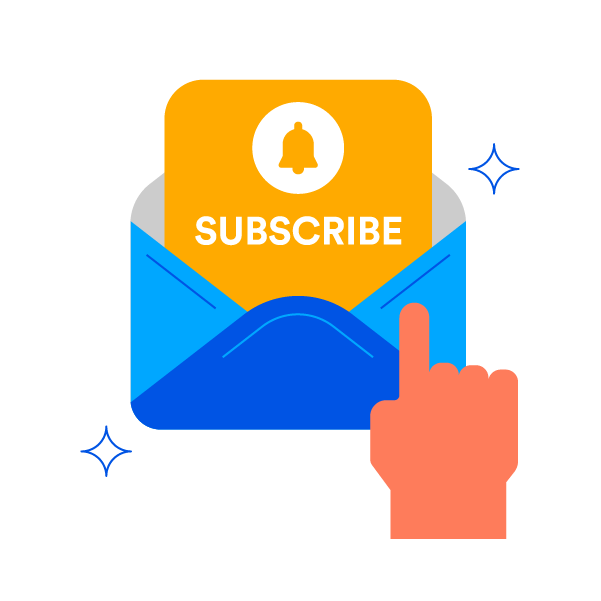The Best Ways To Snooze For A Boost At Work
Do you battle with food comas or secretly yearn for some shut-eye after a meeting? If yes, here’s some good news. More offices are allowing employees to have a daytime snooze at work. And with more of us working from home and able to take naps more comfortably, it’s a dream come true. Here’s how to snooze wisely.

Dozing off at the office desk or in a meeting might earn you the label of a lazy worker. But in Japan, falling asleep at work is a sign of hard work and diligence. After all, Japan is one of the world’s most sleep-deprived nations, making this phenomenon, called “inemuri”, a common and culturally accepted one.
Thankfully, more companies around the world are giving the thumbs-up to taking naps during work hours. Some have even installed fancy nap pods and hammocks. Why?
According to HealthHub and The National Sleep Foundation, a nap does more than restoring energy. It boosts concentration, lifts moods and helps the brain retain information.
Sleepiness at work also reduces productivity, which can lead to significant losses. In 2016, a study by Rand found that the US loses US$411 billion a year due to lack of sleep.
Just like staying hydrated, taking a nap once or twice a week serves health benefits in the long run, such as reducing the risk of cardiovascular diseases like stroke, heart failure and heart attacks.

For more stories like this, subscribe to the Challenge newsletter or follow the Challenge Telegram channel.
Catnap Tips
Whether you’re working from home or at your workplace, here are some ways to optimise your workweek slumber and wake up feeling rejuvenated.
Set An Alarm
Power naps should only last 10 to 20 minutes. Even if you’re unable to fall asleep, closing your eyes for 20 minutes can reduce stress and improve your alertness, says sleep specialist W. Christopher Winter. Anything longer than half an hour would render deep sleep, causing you to feel drowsier when you wake up.
Coffee Naps
A powerful way to recharge is by taking a “coffee nap”. That’s when you take a nap after downing a cup of coffee. As caffeine takes about 20 minutes to kick in, you’ll feel a big boost of energy when you wake up.
Podcasts
Sometimes, stress and anxiety can keep you from sleeping despite your fatigue. Tune in to sleep-inducing podcasts that incorporate soothing sounds, calming voices and bedtime stories. Try Sleep Whispers, Slow Radio by BBC and Nothing Much Happens.
Breathing
Follow this 4-7-8 breathing technique and you’ll eventually fall asleep faster. Described as a “natural tranquillizer”, Dr Andrew Weil’s inhale and exhale exercise incorporates elements of meditation that can reduce tension and cravings.

How To Sleep On The Job
Challenge takes a look at nap cultures around the world.
Singapore
With kiasu (fear of losing out) culture in the blood, napping at the office is still not common among Singaporeans. If you catch yourself fighting the midday slump and need a break from your office, give these sleep-conducive places a go during lunchtime.
With the changes brought about by COVID-19, be sure to check on available slots and safe management measures ahead of time:
- Virgin Active
This popular gym franchise uses EnergyPods that are designed to promote maximum blood flow and block out external stimulus with ambient sounds.
- Palm Avenue Float Club
At Bugis, you can experience floatation therapy in a private tub filled with heated Epsom salt water. It’s a distraction-free environment that can help to restore your mental, physical and spiritual health.

- Golden Village Zen Zone
Cool temperatures, soft chairs and plush darkness – we all know how comfortable it can get in cinemas. At GV Suntec City’s Zen Zone, you can sleep in a quiet theatre with free-flow water and a steamed eye-mask.
- The Pod @ Beach Road
It’s cosy, but not for the claustrophobic. This capsule hotel has single pod suites that come with a workstation too.
China
The country’s technology industry is known for its long working hours and intense pace. It’s not rare to see employees passed out at their desks or even on the bunk beds provided by the company. With on-site washing facilities available in offices, some staff are even encouraged to lodge at their workplace and only return home for the weekend.
South Korea
In 2014, the Seoul government mimicked global companies’ nap practices and encouraged its 10,000 employees to snooze for one hour between 1pm and 6pm. Today, nap cafes are thriving in the city and this industry has even earned a name: “ fast healing”.
In Singapore, several private sector companies equip their offices with sleeping spaces so staff can rejuvenate themselves during the day with a nap.
Shopee
- Sleeping pods on every floor with fitted blackout curtains
- Employees can even enjoy 30-minute massage sessions from an in-house masseuse
SAP Singapore
- Reclining sofas come with a dome to cover the upper body for privacy
- Napping pods also have built-in audio speakers

Spain
Known as a “siesta” in Spanish, daytime snoozing is part of traditional Spanish culture. In 2015, the mayor of Ador in a province of Valencia even declared that all workers in his town shall take a break between 2pm and 5pm to nap. It’s not compulsory, but strongly encouraged. Parents are even told to keep children indoors to prevent unnecessary noise.
California
To attract top talent, companies compete to have non-conventional and elaborate office facilities that encourage taking productive breaks. For example, Samsung’s Silicon Valley headquarters provides foosball tables, futuristic nap pods, music listening rooms with coloured lighting and a cafeteria that serves 10 different global cuisines – all to ensure that “people can find happiness and recharge at work”.
- POSTED ON
May 20, 2021
- TEXT BY
Kate Ling
- ILLUSTRATION BY
mushroomhead








